An interesting concept is embodied in the experimental aircraft NF-15B
NASA test pilot Jim Smolka immediately after takeoff from Edwards Air Base on a deeply modernized experimental aircraft NF-15B turns on an afterburner at full capacity and is sharply gaining altitude. Unfortunately, the photo captured the last flight of this car. The prototype was made in 1973 year as the first two-seater TF-15, This aircraft with front steering rudders and bright red, white and blue coloring flew in several significant research and test programs of the USAF.
As part of the research project of the Center for Flight Research. Hugh Dryden's intelligent onboard NF-15B system develops revolutionary technological ideas in the field of aircraft flight control, which could effectively optimize the capabilities of an aircraft in normal conditions and system failure conditions. The intelligent onboard system includes adaptive control concepts in flight software so that the pilot can retain control and ensure a safe landing of the aircraft, which has damaged the steering surfaces or the hull itself.
Damage to the main steering surfaces or the hull violates the structural integrity of the flight control system, making traditional non-adaptive control systems useless. The intelligent system development team has integrated adaptive control technologies and modern control algorithms that will correctly identify and respond to changes in the stability of the aircraft and in the characteristics of the steering surfaces, allowing you to immediately configure the system in order to maintain the best flight qualities during an unexpected failure. Adaptive software “learns” new flight characteristics, on board and in real time; it helps the pilot maintain or regain control of the aircraft and thereby prevents possible aviation disaster.
The main goal of the project is to develop adaptive and fault-tolerant flight control systems, which significantly increase safety levels and contribute to the survivability of both civil and military aircraft. The project on an intelligent flight control system is a typical example of research activity aimed at researching new control technologies. This project combines flight controls with adaptive hull structures, which allows you to expand the characteristics and capabilities of the aircraft.
The plane with the experimental intellectual flight control system previously flew as part of a project on the so-called advanced control technology in the center. Dryden from 1996 to 1999 year.
According to the site www.nasa.gov
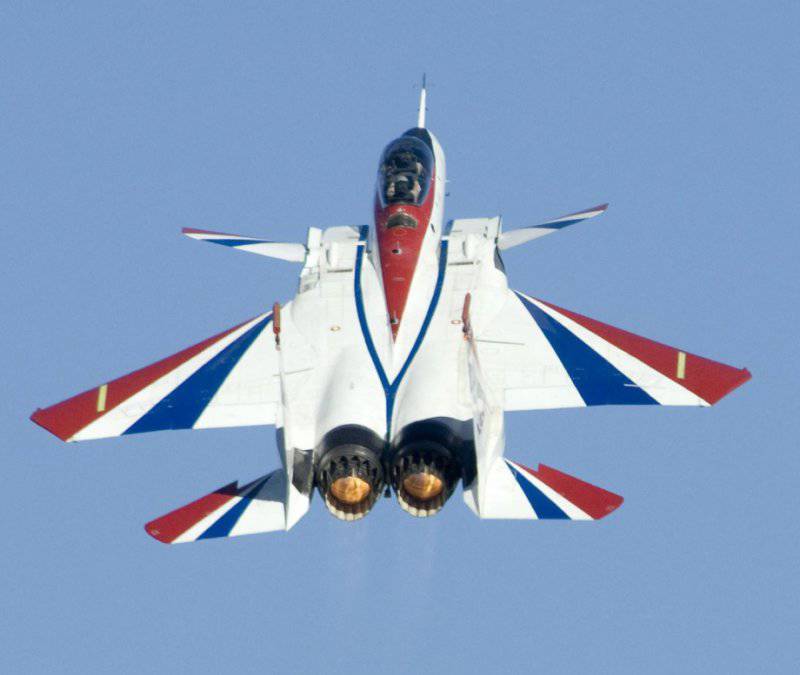
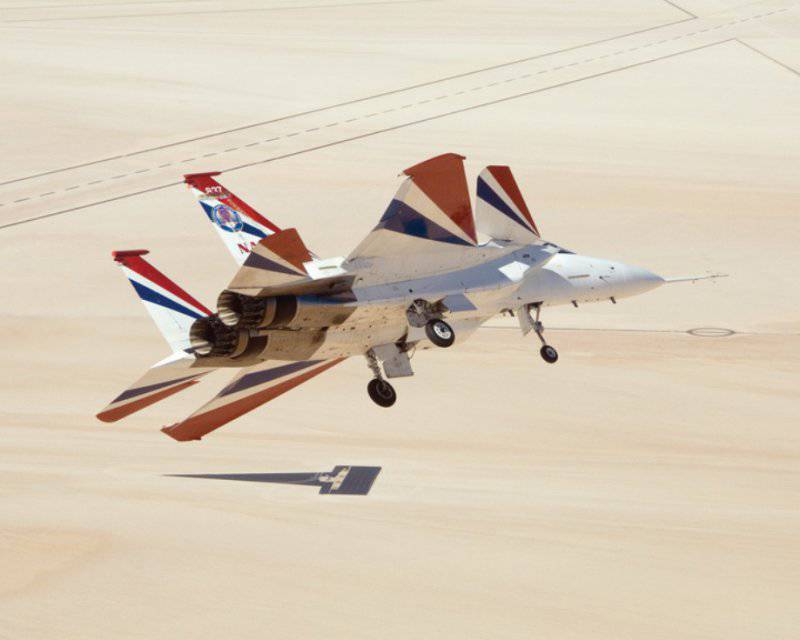
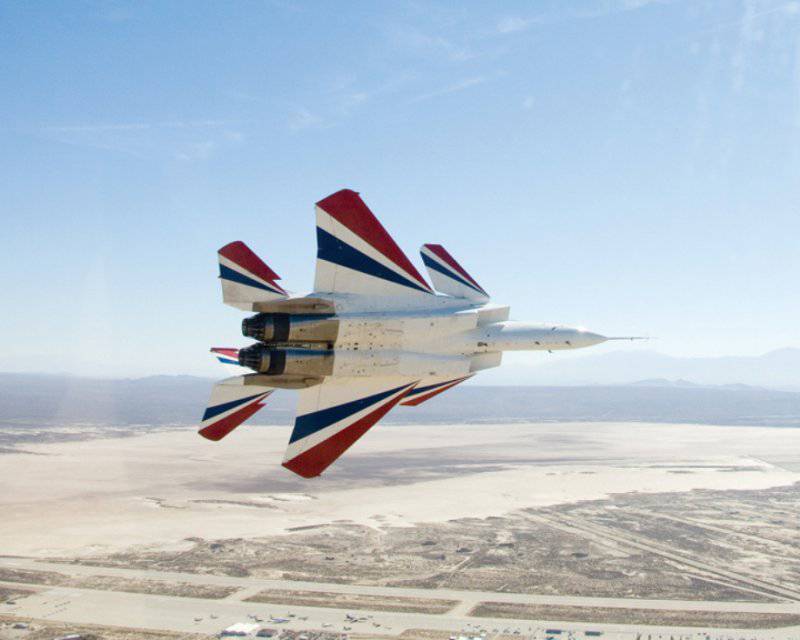
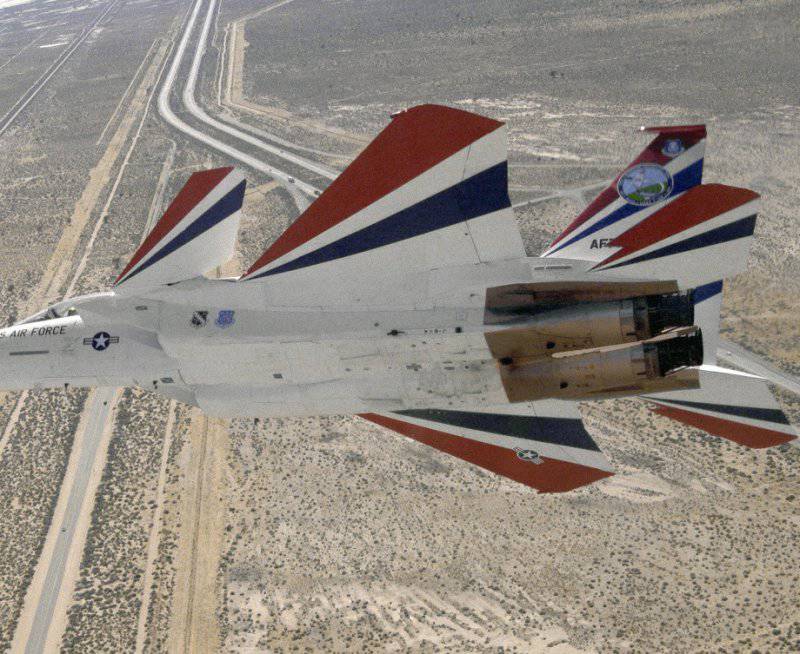
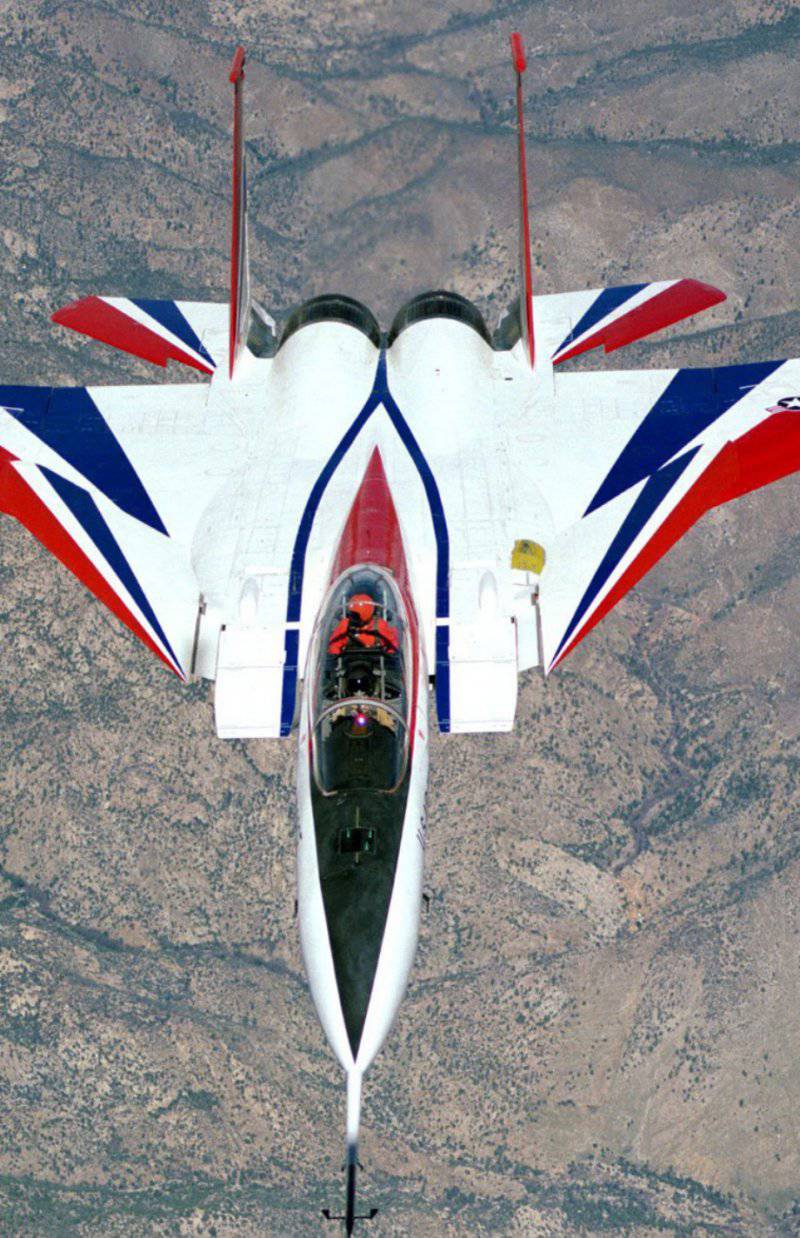
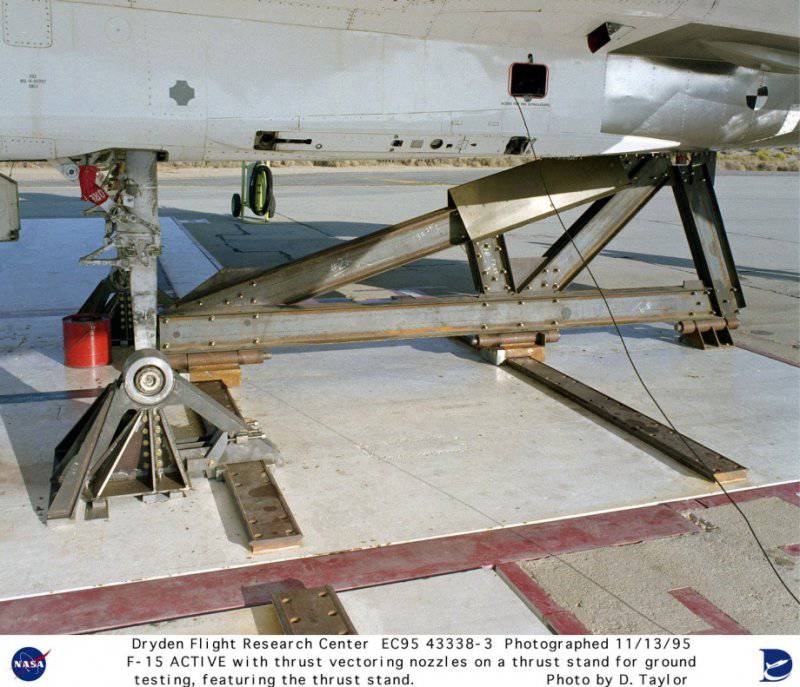
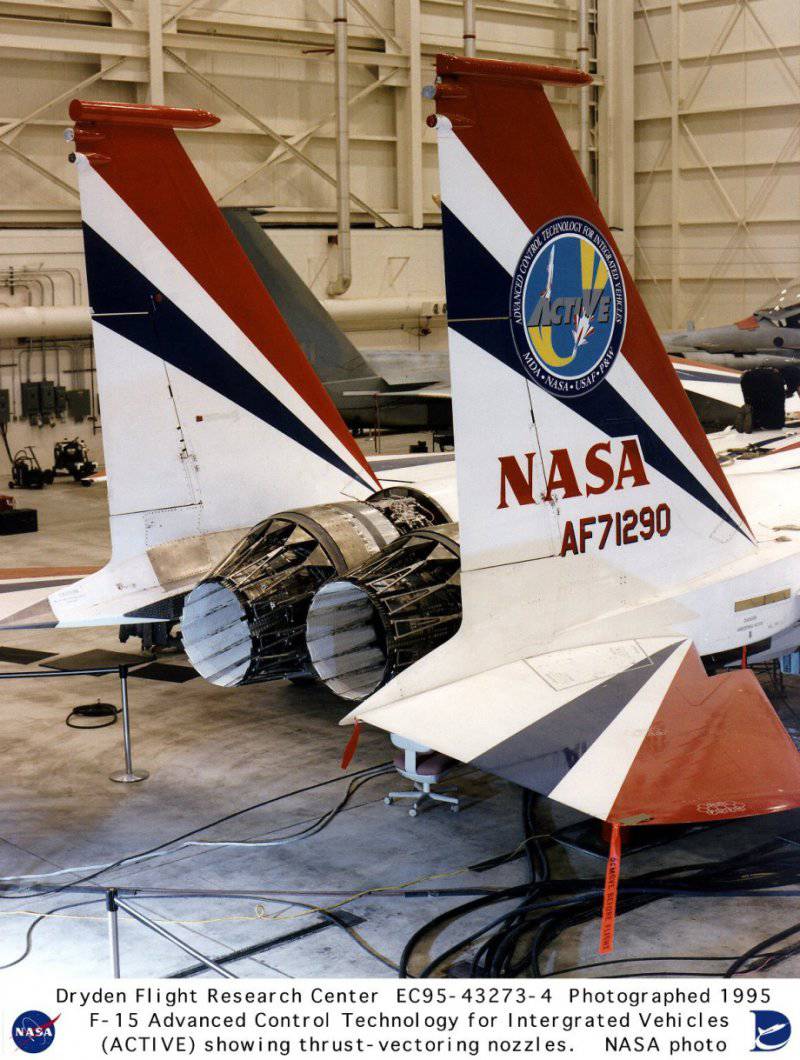
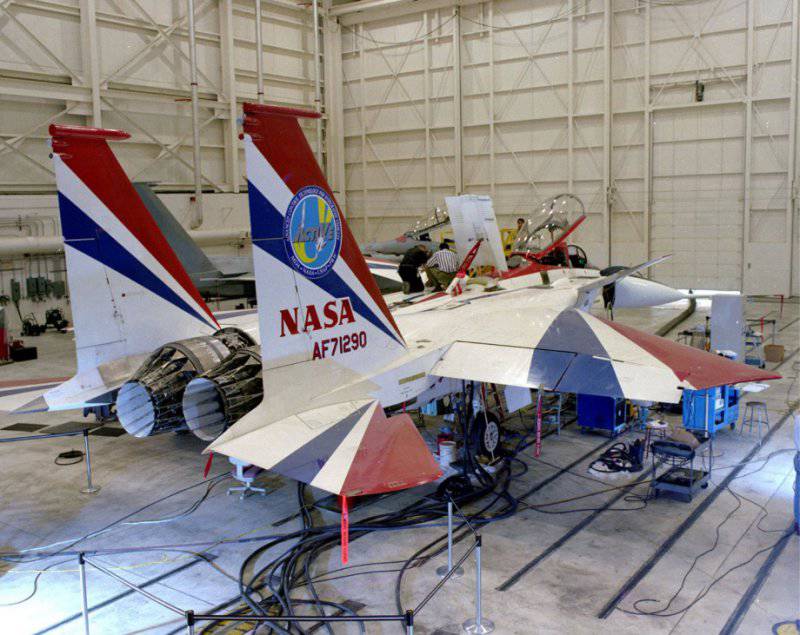
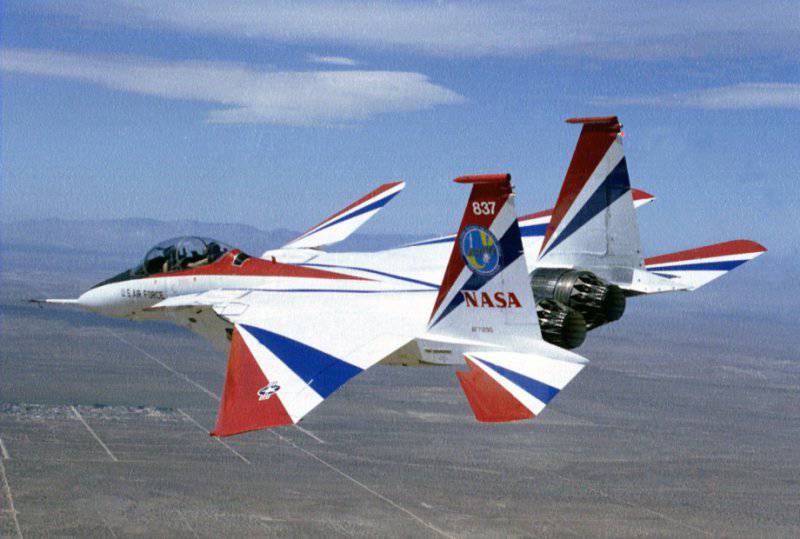
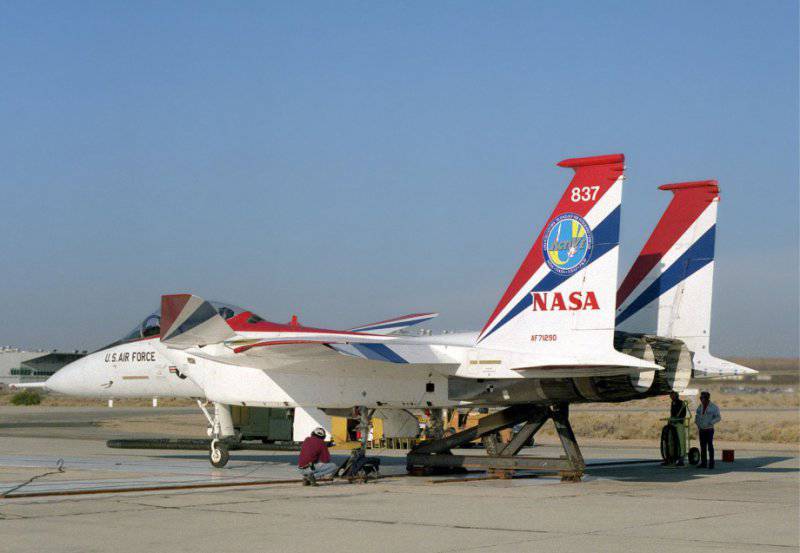
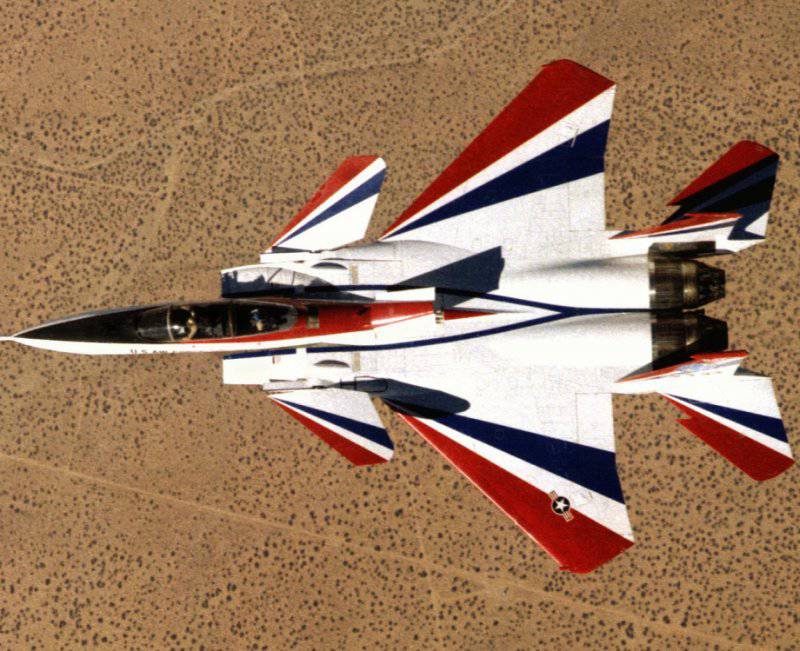
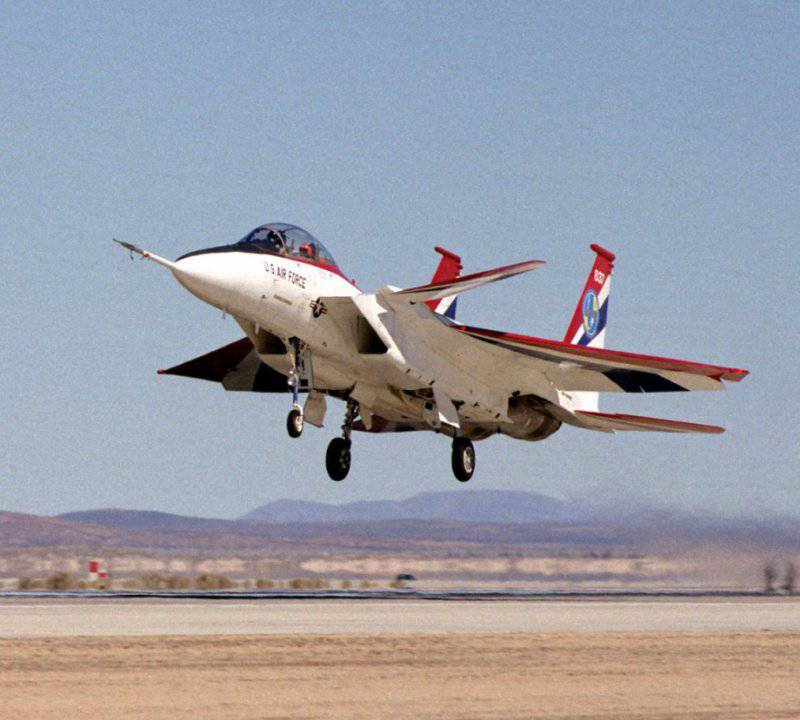
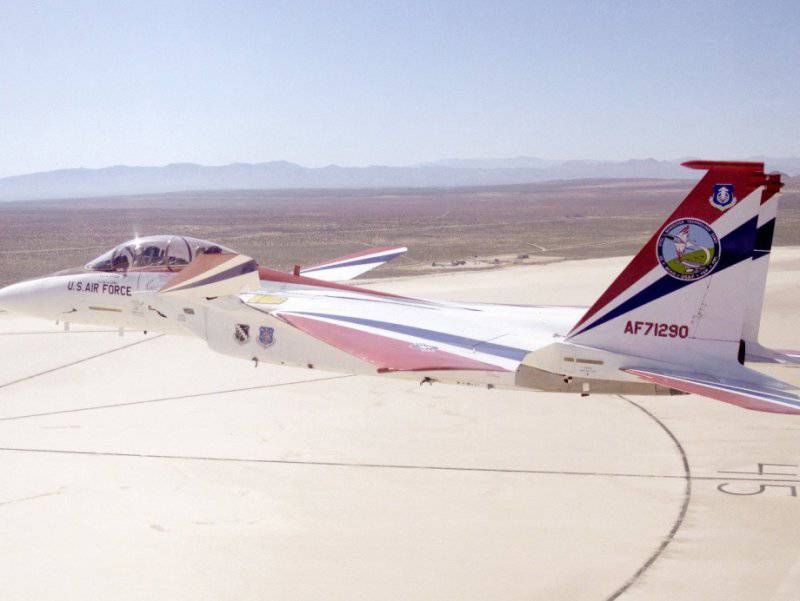
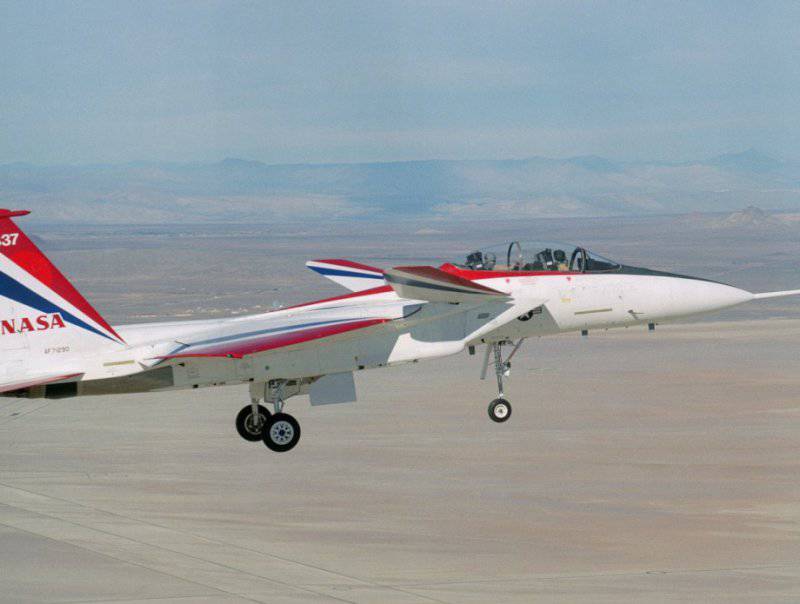
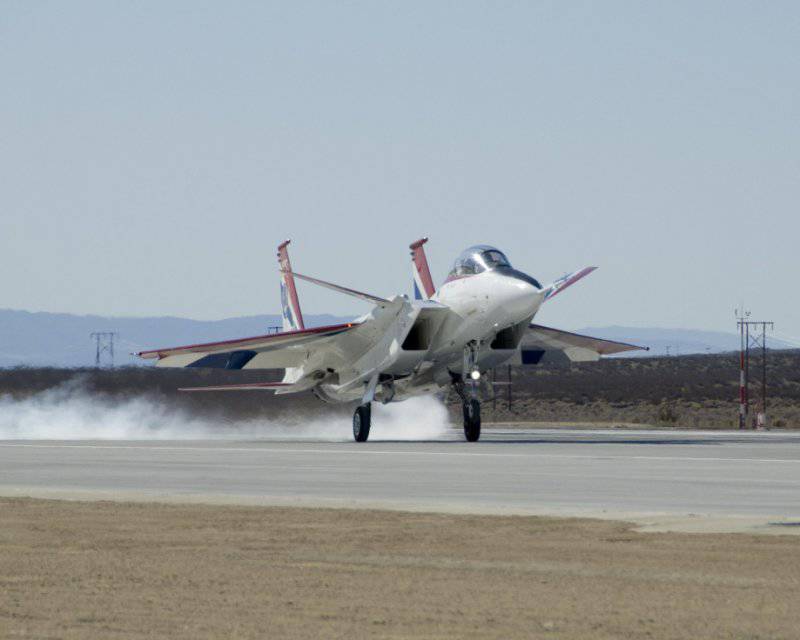
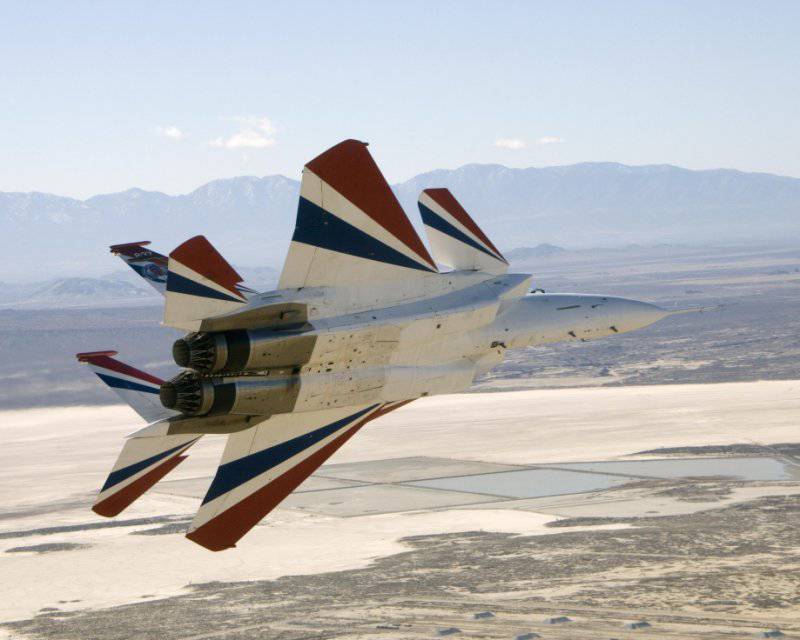
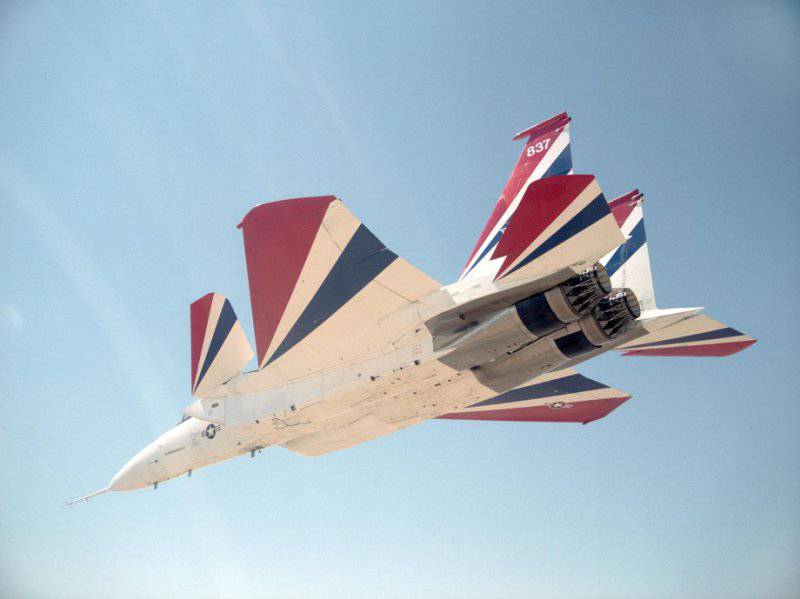
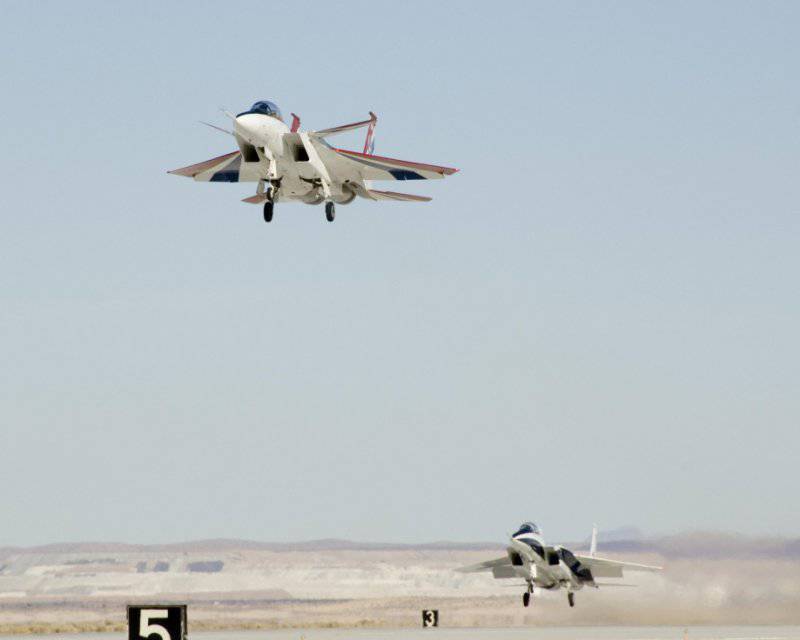
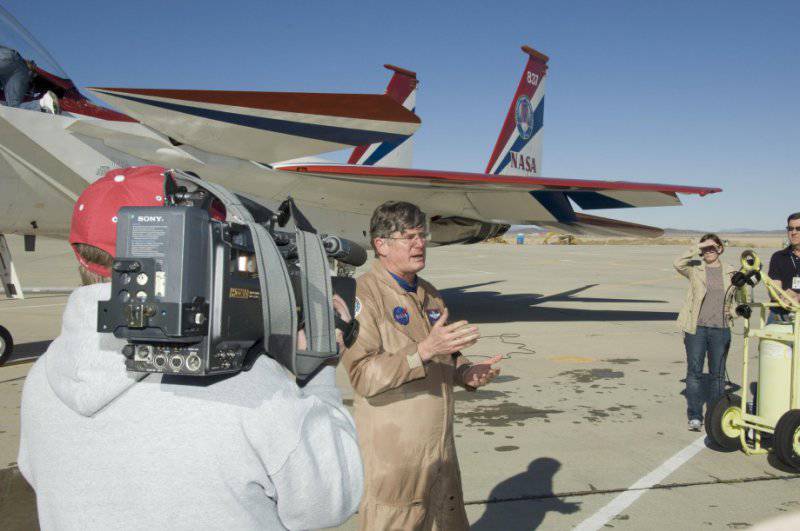
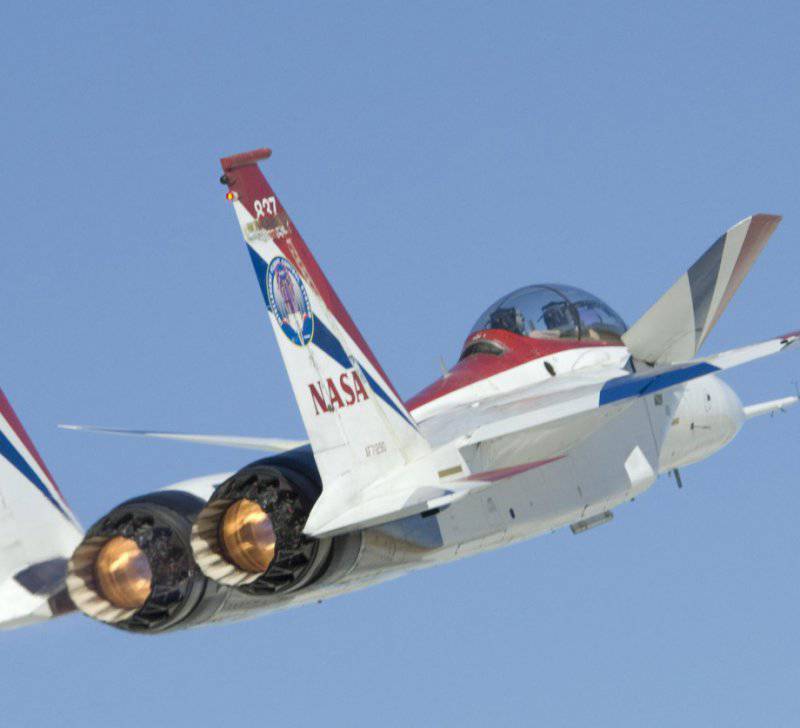
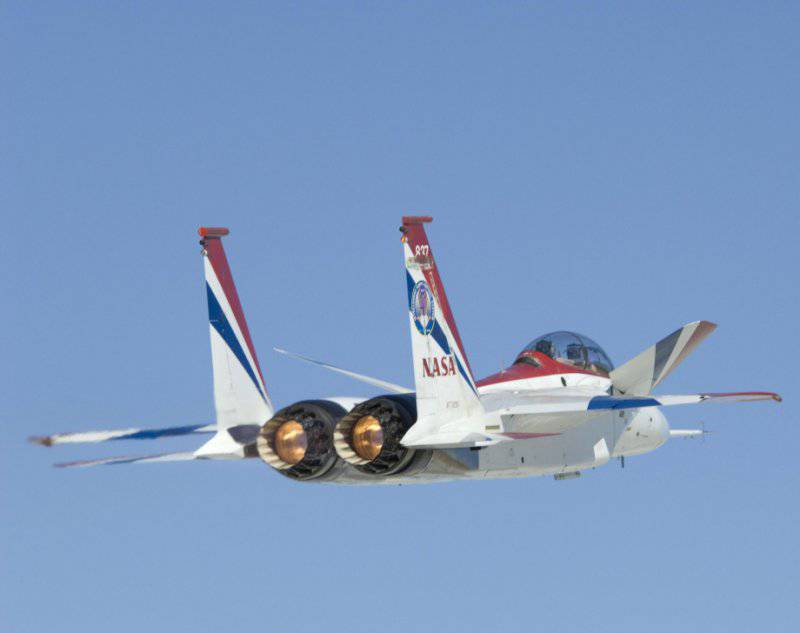
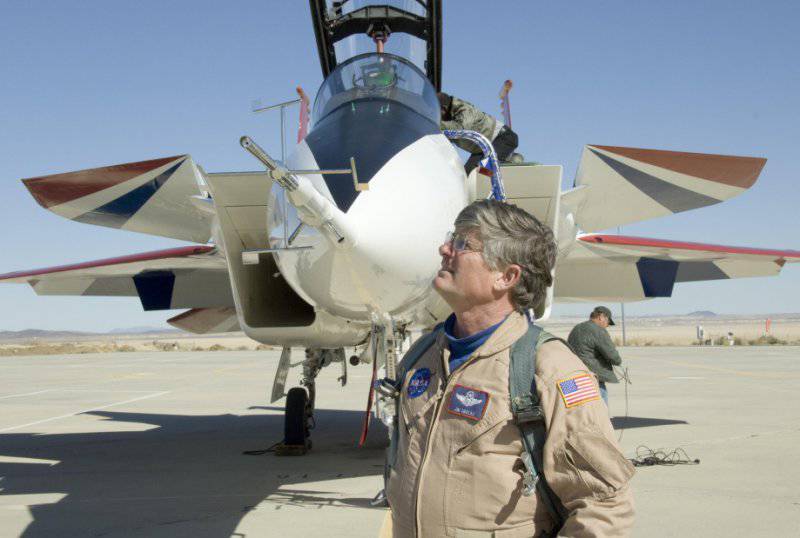
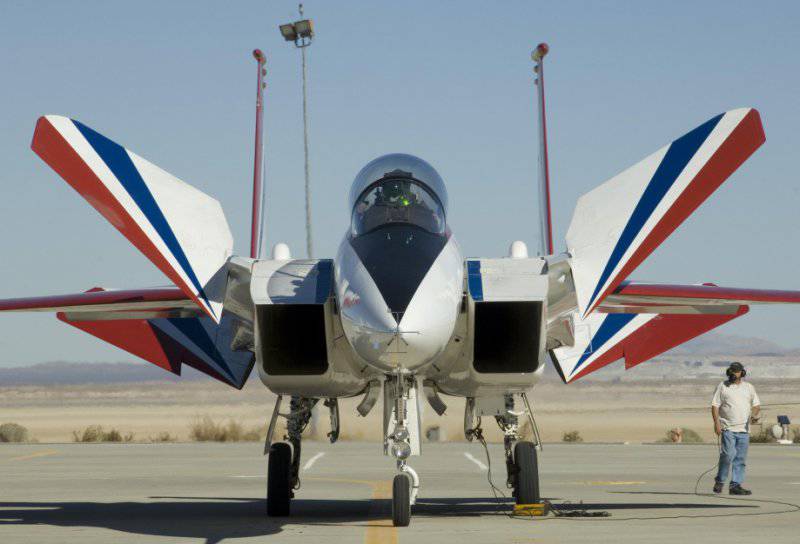
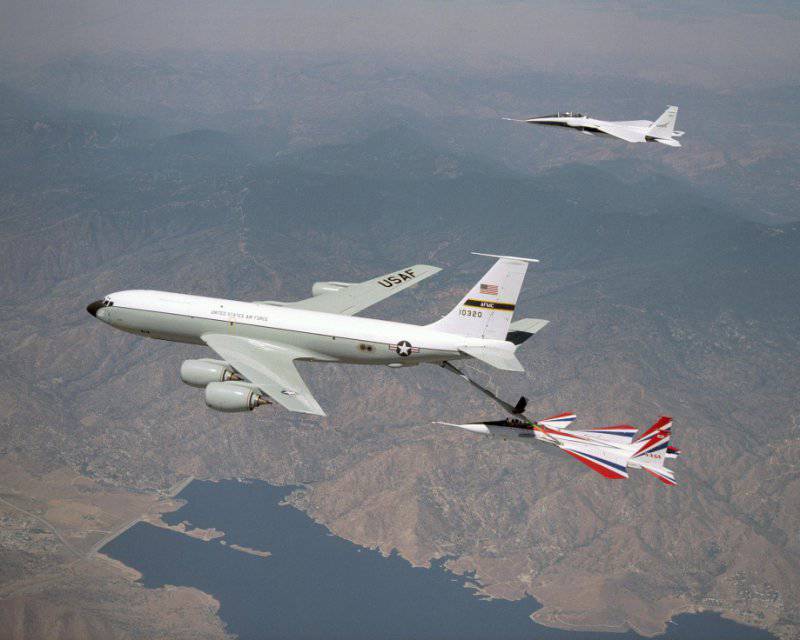
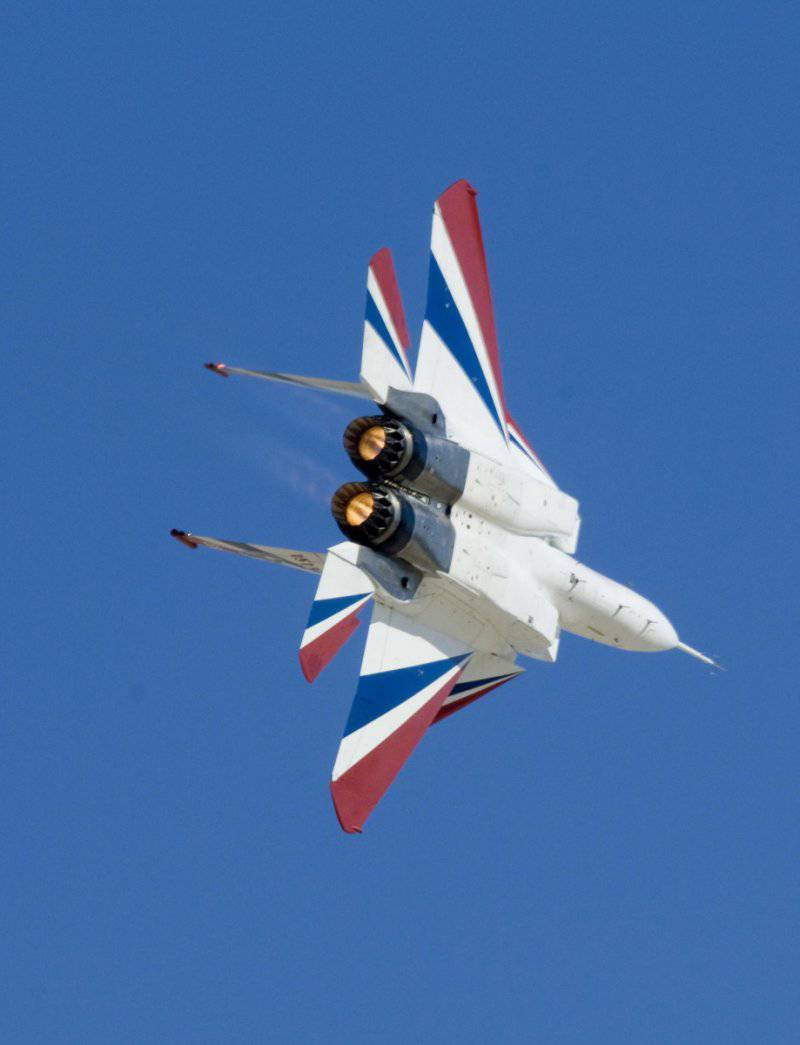
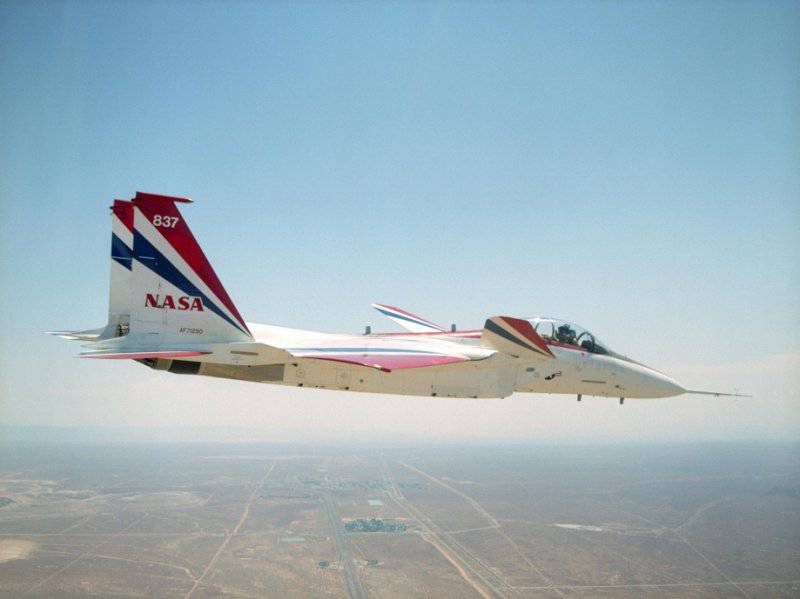
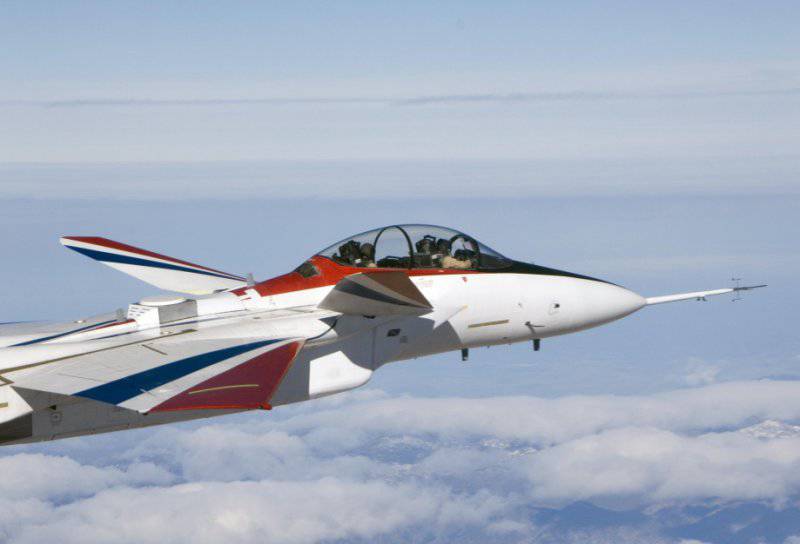
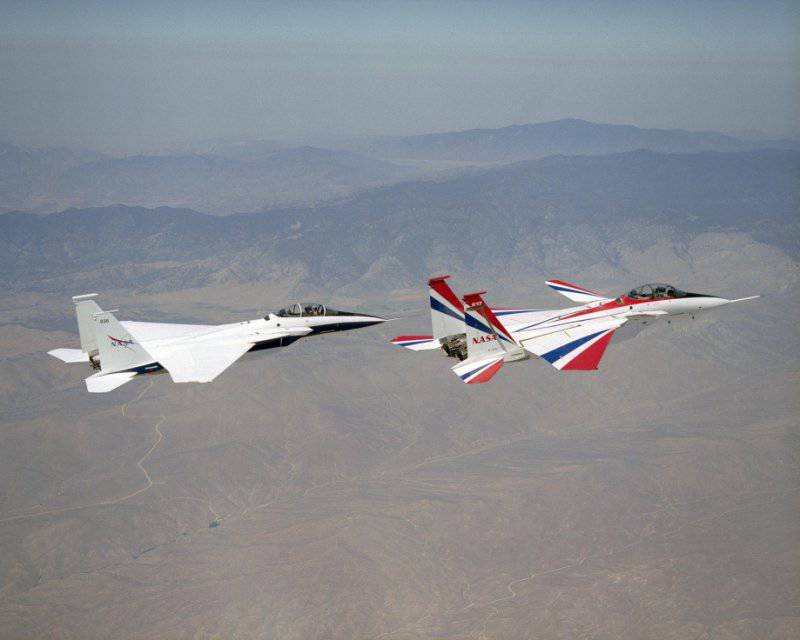
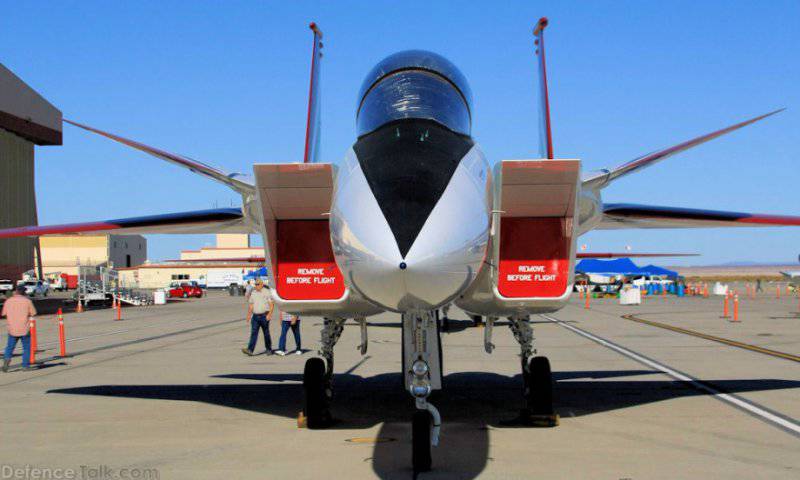
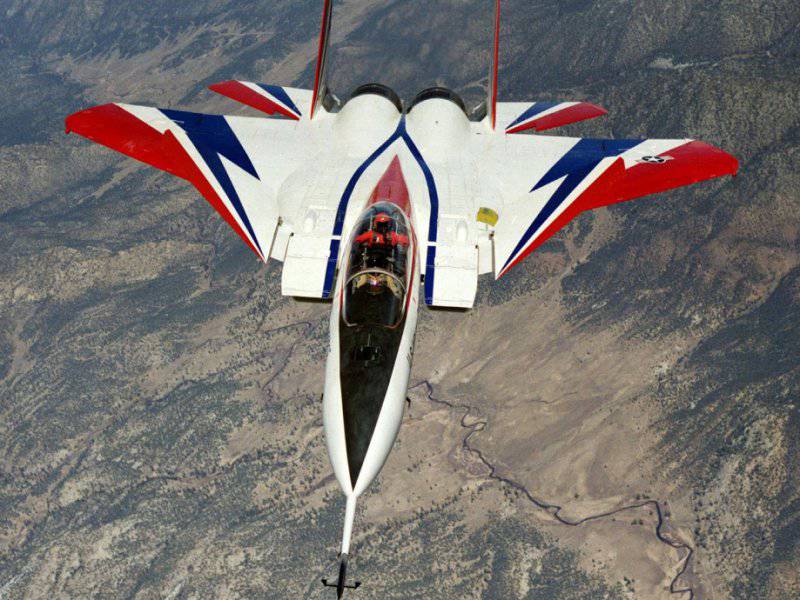
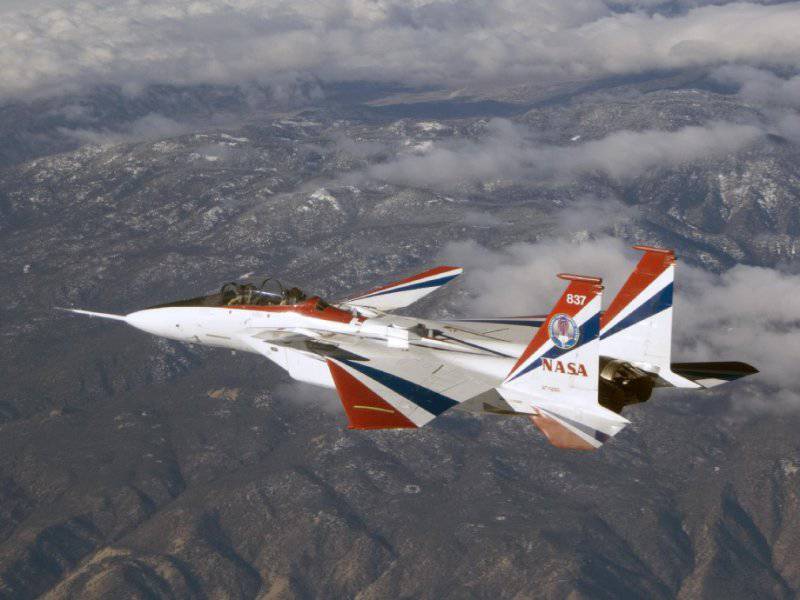
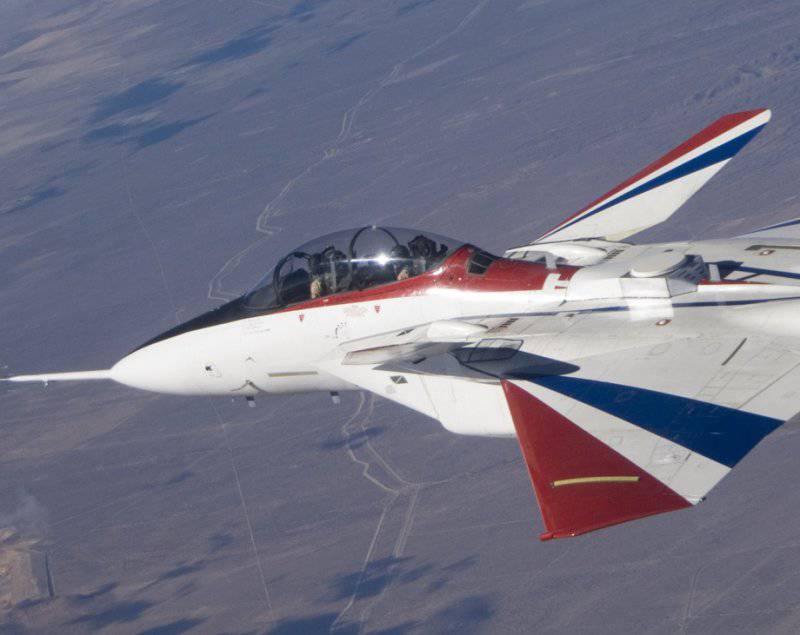
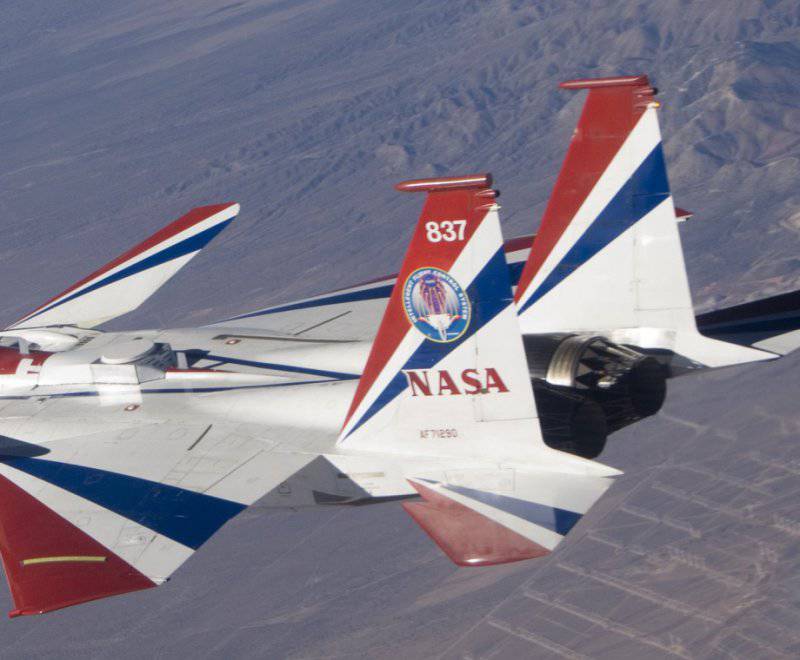
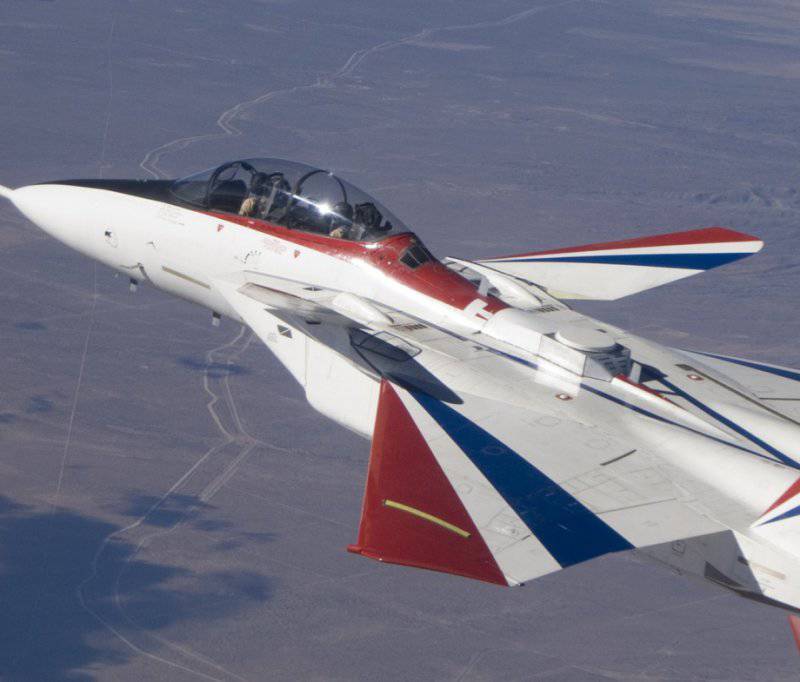
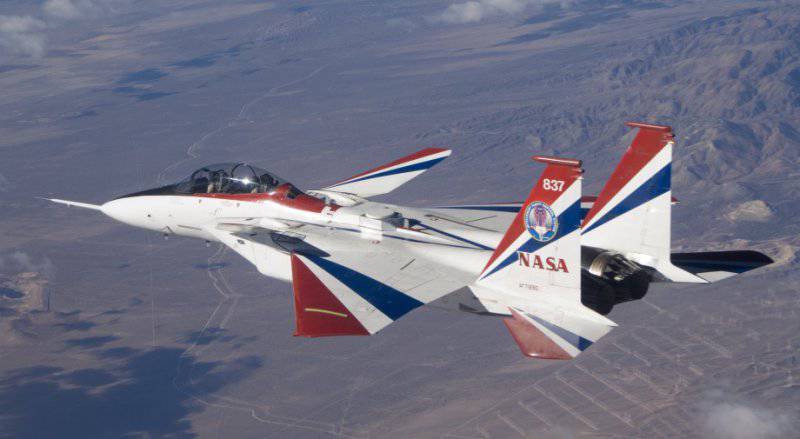
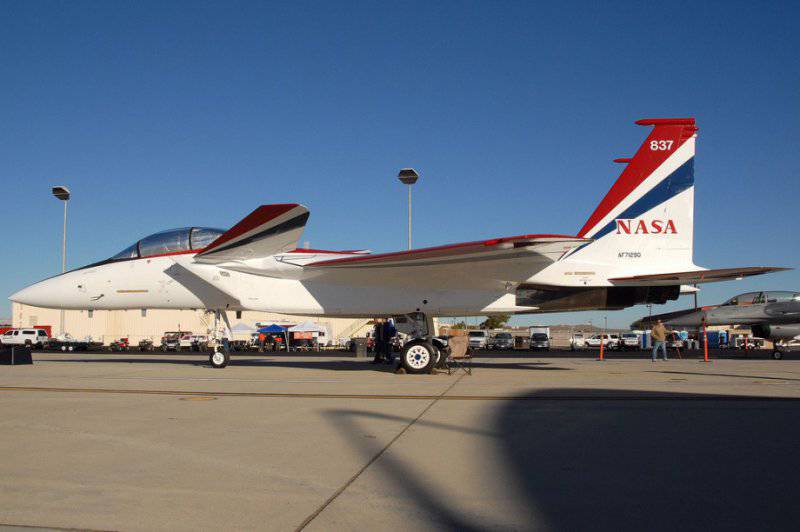
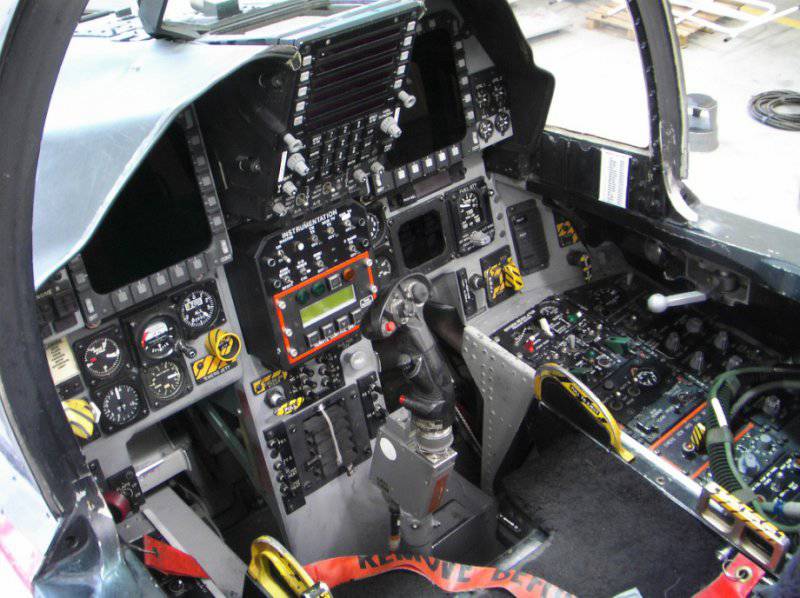
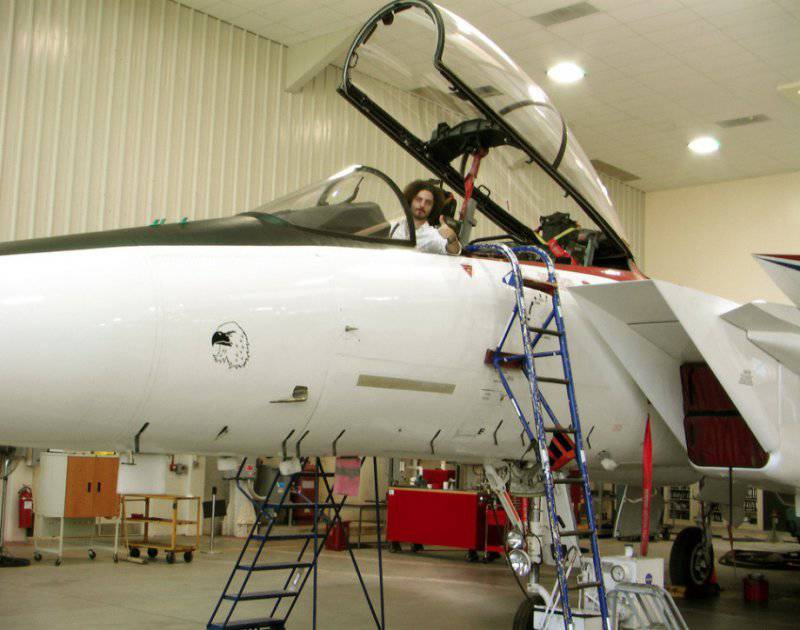
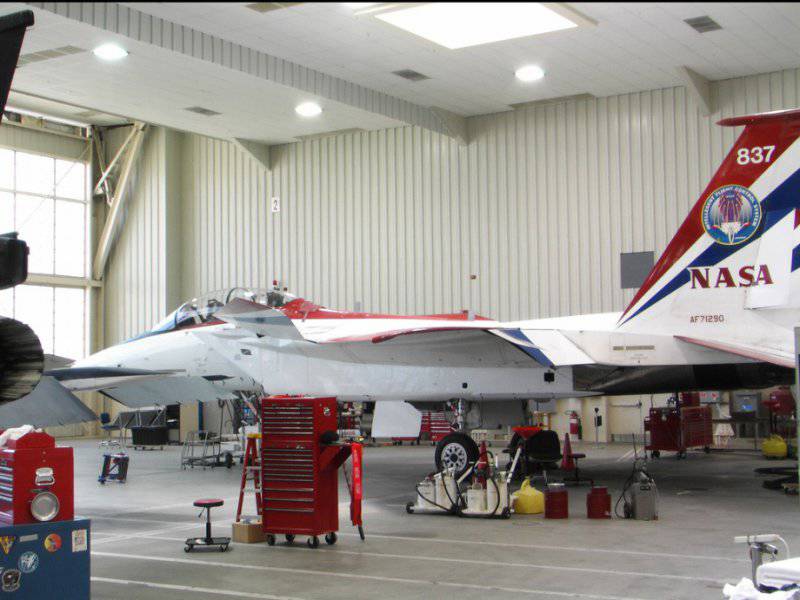
Information